Advanced Technologies for Residential Silverfish Detection & Treatment
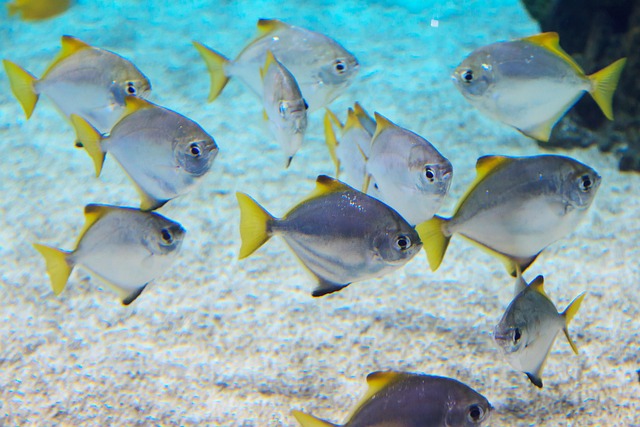
Silverfish, attracted to damp, dark spaces and starch-rich materials, can be controlled through unde…….
Understanding Silverfish Control and Treatment
Silverfish control and treatment are integral practices aimed at managing infestations of the Lepisma saccharina, commonly known as silverfish. These insects are known for their preference for starchy books, wallpaper, and clothing, and their ability to adapt to various environments. Effective control and treatment involve a combination of monitoring, identification, habitat modification, and chemical or non-chemical interventions to prevent or mitigate infestations. Historically, methods have evolved from mechanical and physical means to the incorporation of advanced biological and chemical pest management strategies. The significance of silverfish control and treatment lies in its ability to protect public health, preserve cultural heritage, and maintain the integrity of structures and stored materials.
Global Impact and Trends
Silverfish infestations are a global concern, with their presence reported across diverse climates and ecosystems. The impact of silverfish varies by region, influenced by factors such as climate change, human behavior, and urbanization. Key trends include the development of resistant strains to conventional treatments, increased frequency of infestations in both domestic and commercial settings, and a growing reliance on integrated pest management (IPM) strategies. In temperate regions, silverfish are particularly prevalent, with their control and treatment being a year-round concern due to their adaptability to indoor environments. In tropical and subtropical areas, seasonal fluctuations in humidity and temperature can exacerbate infestations, necessitating region-specific approaches.
Economic Considerations
The economic implications of silverfish control and treatment are significant. The pest control industry annually allocates substantial resources to research, development, and implementation of effective management practices. Market dynamics reflect a demand for both conventional and eco-friendly solutions, with investments driven by the need to balance efficacy with environmental and health considerations. In some cases, silverfish infestations can lead to costly damage to personal belongings and structural properties, highlighting the economic importance of proactive control measures.
Technological Advancements
Technological advancements have played a pivotal role in enhancing the efficiency and specificity of silverfish control and treatment. Innovations range from high-resolution imaging to detect early signs of infestation, molecular diagnostics for species identification, and targeted biocontrol agents that exploit the insects’ biological vulnerabilities. Future potential includes the development of genetically engineered organisms for the bioremediation of silverfish populations and the use of artificial intelligence in predictive modeling for preventative pest management.
Policy and Regulation
Global policies and regulations governing silverfish control and treatment are shaped by environmental protection laws, occupational safety standards, and food safety regulations. In many countries, there are strict guidelines on the types of chemicals that can be used, their application rates, and the personal protective equipment required for handlers. These legislative frameworks not only ensure public health and safety but also promote sustainable practices within the pest control industry.
Challenges and Criticisms
The field of silverfish control and treatment faces several challenges, including resistance to chemical treatments, environmental concerns associated with pesticides, and the need for continuous monitoring to prevent re-infestation. Criticisms often highlight a reliance on chemical interventions and a lack of long-term, sustainable solutions. To address these issues, stakeholders advocate for an IPM approach that combines multiple strategies, including habitat modification, biological control, and the judicious use of pesticides when necessary.
Case Studies
Several case studies demonstrate successful applications of silverfish control and treatment. One notable example involves a historic library where an integrated approach combining environmental management, monitoring, and mechanical control effectively eradicated an infestation without compromising the integrity of the precious documents. Another case study focuses on the use of entomopathogenic fungi in a warehouse setting, leading to a significant reduction in silverfish populations and minimal disruption to operations.
Future Prospects
The future of silverfish control and treatment is poised for innovation and integration. Growth areas include the development of novel biopesticides, advancements in detection technology, and the implementation of big data analytics for predictive pest management. Emerging trends suggest a move towards more sustainable and environmentally friendly practices, with a focus on preserving ecosystems and reducing human exposure to harmful chemicals. Strategic considerations involve addressing the socio-economic factors that contribute to infestations, such as urban poverty and climate change impacts, ensuring that control measures are accessible and effective for all populations.
Conclusion
Silverfish control and treatment are critical components of sustainable pest management, with far-reaching implications for public health, economic stability, and environmental preservation. This article has outlined the multifaceted nature of silverfish infestations, the historical context of their management, and the global impact they have on various sectors. The future of silverfish control and treatment holds promise for more effective, sustainable, and integrated solutions that will benefit both society and the environment.
FAQ Section
What are silverfish, and why are they considered pests?
Silverfish are small, wingless insects known scientifically as Lepisma saccharina. They feed on a variety of carbohydrates, including paper, fabric, and adhesives, which can lead to damage and contamination.
Can silverfish cause health issues?
While silverfish themselves do not transmit diseases to humans, their presence can trigger allergic reactions or asthma attacks in sensitive individuals. Additionally, consuming foods contaminated with silverfish can be harmful.
What are the most effective methods for controlling silverfish?
The most effective methods include an integrated approach that combines environmental management, hygiene practices, mechanical control (such as traps and vacuuming), biological control (e.g., using natural predators), and the judicious use of pesticides when necessary.
How can I prevent silverfish from infesting my home or business?
Prevention involves maintaining a clean environment, controlling humidity levels, sealing entry points, and removing food sources. Regular inspection and monitoring can also help catch infestations early.
Are there eco-friendly ways to control silverfish?
Yes, eco-friendly methods include the use of boric acid, diatomaceous earth, and insect growth regulators. Biological controls like entomopathogenic fungi and predators such as centipedes and spiders can also be effective in a natural setting.
Please note that the above content is a synthesized overview based on existing knowledge and practices in the field of silverfish control and treatment, and it is intended for informational purposes only. Always consult with a professional pest management service for specific infestation issues.

Silverfish, attracted to damp, dark spaces and starch-rich materials, can be controlled through unde…….

Silverfish infestations thrive in humid, dark spaces with limited sunlight, like basements, attics,…….
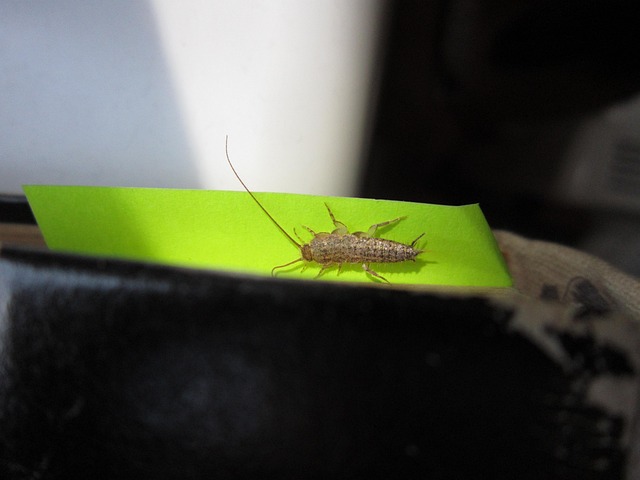
Silverfish, attracted to moisture and dark spaces, are controlled through eco-friendly solutions lik…….
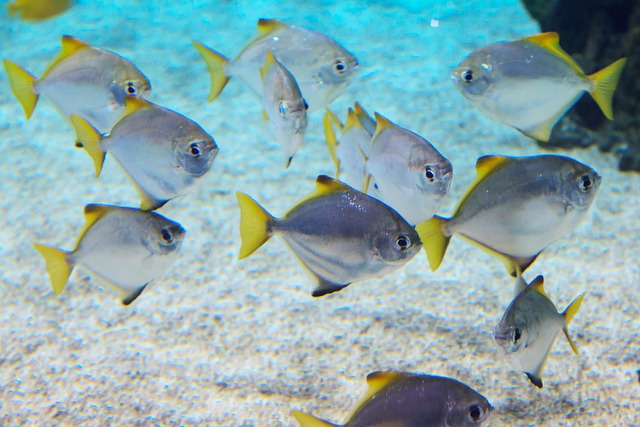
Silverfish, drawn to dark, moist areas with organic material, can be controlled through strategic ma…….
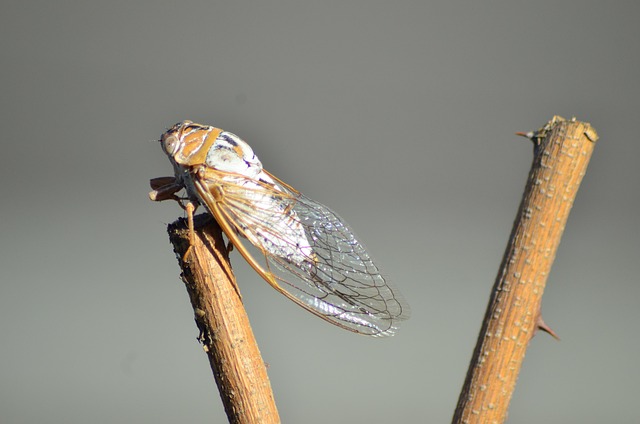
Silverfish are destructive insects that thrive in damp, dark environments, feeding on starches and c…….
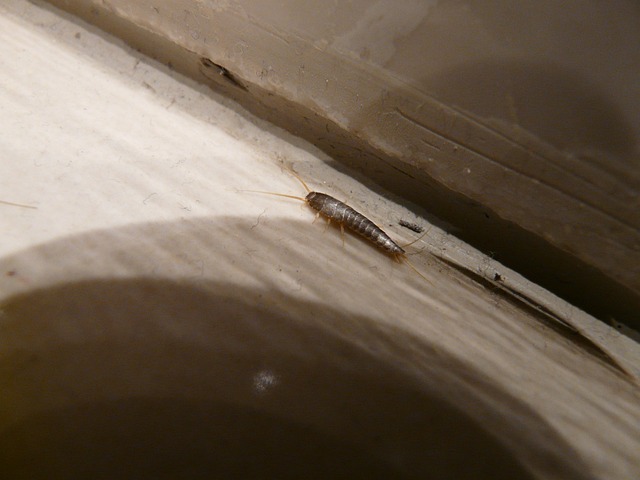
Commercial silverfish removal requires a strategic approach due to their intricate habitat preferenc…….
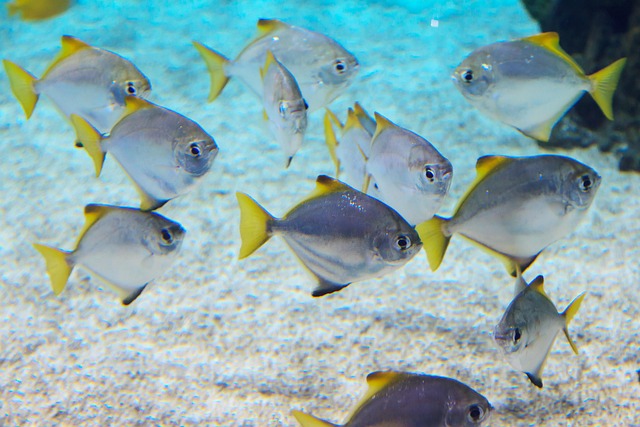
Silverfish infestations cause significant damage to fabrics, papers, and organic materials, necessit…….
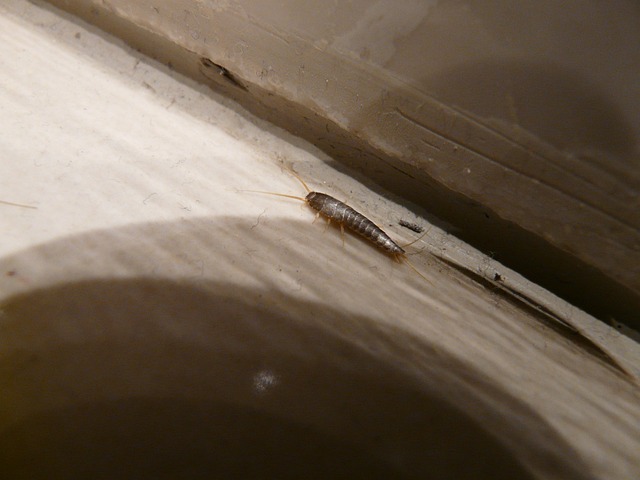
Silverfish infiltrate homes through tiny cracks and openings, favoring moist areas. Eco-friendly sil…….
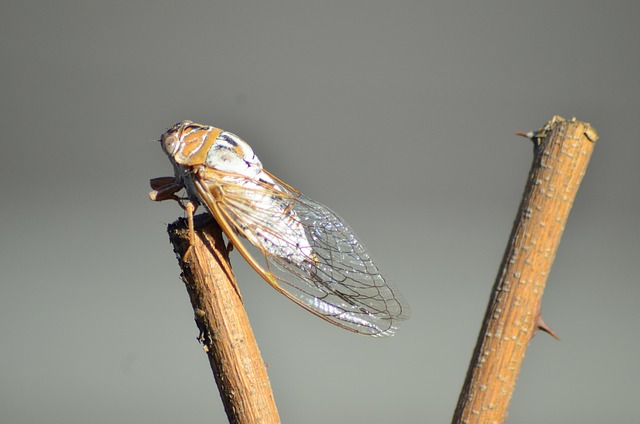
Silverfish prefer dark, moist environments with organic materials and are most active at night, hidi…….

Silverfish, adept at hiding in dark, humid environments, pose a challenging pest problem. To combat…….